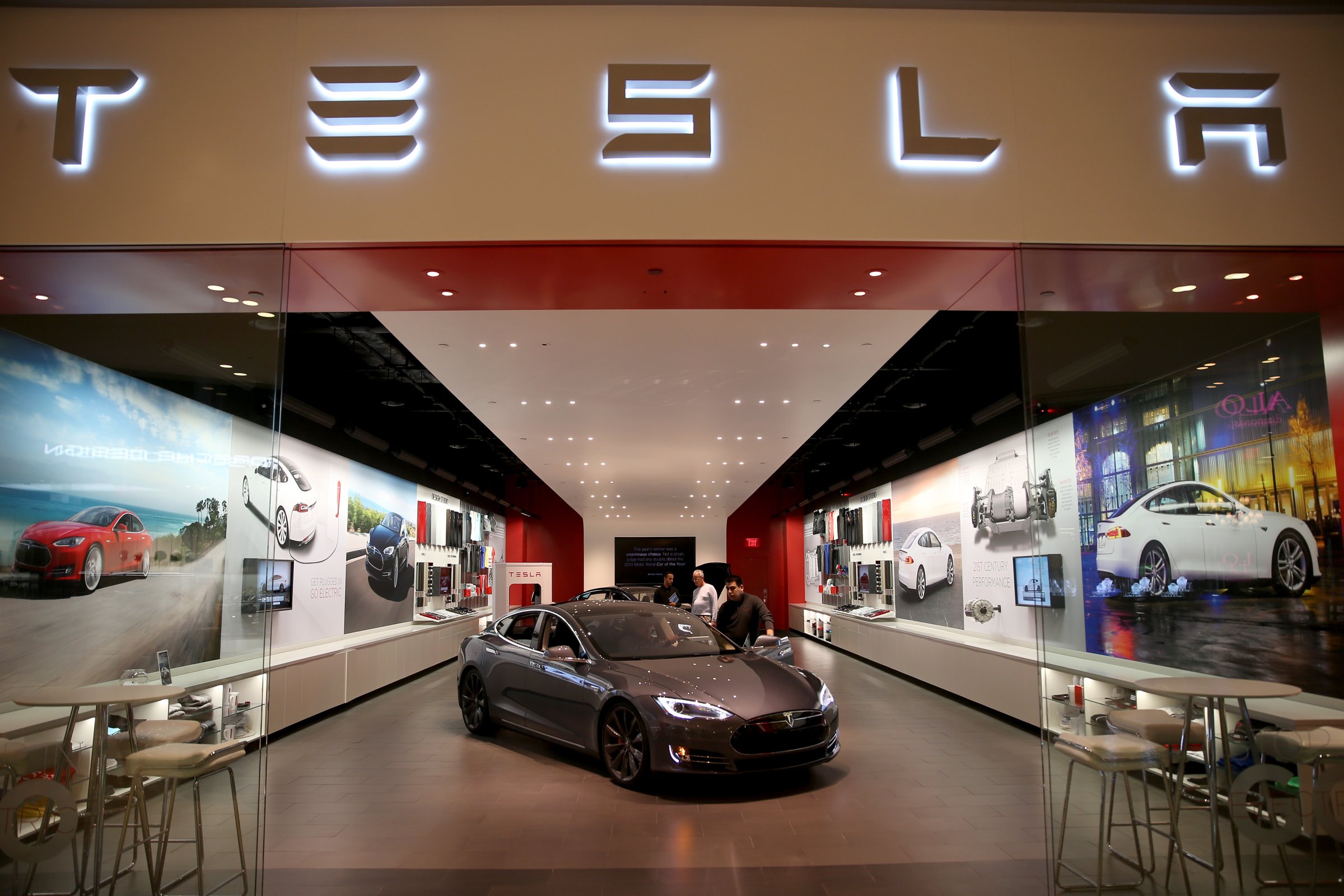
Environmental regulators told automakers Monday that the companies have the technical capacity to meet fuel economy standards set by President Obama, dashing automakers hopes that low gas prices would earn them a reprieve from stringent rules that stretch through 2025.
The mid-term review—designed to assess whether the rules are too stringent—comes four years after the rules were finalized and in advance of potential new rule making. The assessment—a joint effort from the Environmental Protection Agency (EPA), the Department of Transportation and the California Air Resources Board—suggests that regulators will not ease up on the standards. The EPA originally had projected when the rules were first finalized that the average car would get 54.5 miles per gallon by 2025
“Manufacturers are adopting fuel economy technologies at unprecedented rates,” said Janet McCabe, an acting assistant administrator at the EPA on a conference call for journalists. “Every single vehicle category—from subcompacts to pick ups—offers more fuel efficiency, lower emitting choices.”
Read More: Americans Hit the Road Because of Low Gas Prices—and Hurt the Climate
The current version of the rules, issued in the early days of President Obama’s first term in office, would result in nearly 6 billion fewer tons of greenhouse gas emissions between 2012 and 2025. For the past several years, auto manufacturers have sought to make their vehicles more efficient through incremental changes like reducing weight and adjusting engine size. But industry experts say soon there will be little more fuel savings without a full-scale reinvention that will almost certainly involve the production of many more electric vehicles.
Tesla has garnered headlines for its Model 3, a $35,000 all-electric car with nearly 400,000 orders. But with more stringent fuel economy requirements on the horizon, Tesla’s offerings would only be the beginning. All large auto manufacturers would need to begin offering electric vehicles at far greater numbers they they do today.
“The regulations are what they are and we need to meet them,” says Bob Lee, who runs the electrified propulsion division at Fiat Chrysler. “The bottom line for all of us is we can’t meet the standards as an industry without more and more electrification.”
Read More: Electric Cars Will Change the Way You Power Your Home
The expanded regulation comes more than four decades after the U.S. first created the CAFE standards, short for Corporate Average Fuel Economy. The regulations were initially meant to reduce the country’s energy consumption during a time of high dependence on foreign oil. The CAFE standards require automakers to meet a certain mileage per gallon across their fleet and within each vehicle category, but they do not specify standards for any individual vehicle. For two decades between 1990 and 2010, the standard for cars was left at 27.5 mpg.
Obama was the first President to use the CAFE rules explicitly to address climate change, and, by most measures, the initiative has worked. New average vehicle fuel economy is up 2 mpg since the new standard took effect three years ago—it’s currently at 25.3 mpg according to the University of Michigan—and automakers are easily meeting the requirement that they improve the overall efficiency of their fleet, according to the EPA.
The improved fuel economy comes despite two years of low gas prices, which have led more Americans to trade in smaller, fuel-efficient cars for larger vehicles. The category that includes SUVs and light trucks jumped to 40% of market share for sales of model year 2015 vehicles, a 4 percentage point increase from two years prior, according to preliminary figures from the Environmental Protection Agency (EPA).
Auto executives—bolstered by some economists—have argued that strengthening the fuel economy regulations makes little sense in a time of low oil prices as the economic costs of building more fuel efficient vehicles could outweigh the fuel savings.
Read More: What Brexit Means for Addressing Climate Change
“As a chief economist at a large auto company, I tend to be fond of low oil prices,” said Mustafa Mohatarem, chief economist at GM, at a conference last week. “Auto companies have been very good at coming up with technologies to increase fuel efficiency. But it’s expensive.”
Regulators did not buy the need to loosen the standards, but whether the report means anything will be left to the next presidential administration. Proposed rules are offered with a waiting period before they are finalized and, at this point, any final rule making on CAFE standards will likely fall to the next president. And the difference between presumptive Democratic nominee Hillary Clinton and presumptive GOP nominee Donald Trump could hardly be more stark. Clinton has called for massive investment in clean energy while Trump has called climate change a “hoax.”
More Must-Reads From TIME
- Dua Lipa Manifested All of This
- Exclusive: Google Workers Revolt Over $1.2 Billion Contract With Israel
- Stop Looking for Your Forever Home
- The Sympathizer Counters 50 Years of Hollywood Vietnam War Narratives
- The Bliss of Seeing the Eclipse From Cleveland
- Hormonal Birth Control Doesn’t Deserve Its Bad Reputation
- The Best TV Shows to Watch on Peacock
- Want Weekly Recs on What to Watch, Read, and More? Sign Up for Worth Your Time
Write to Justin Worland at justin.worland@time.com